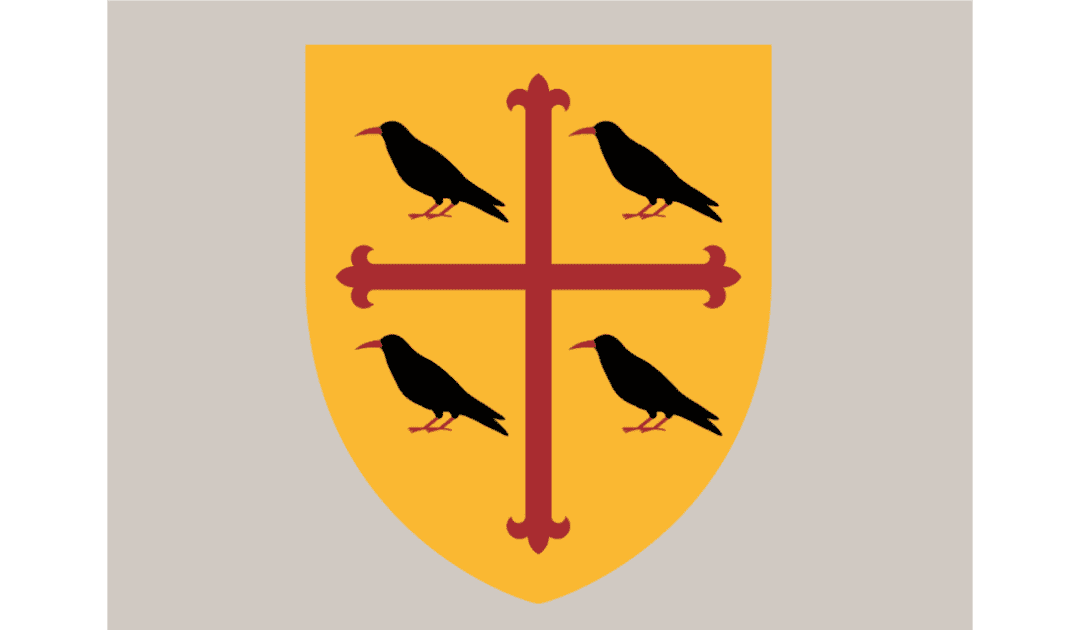On Friday I was in Oxford at the annual Joe Todd Dinner in my old college, St. Edmund Hall. Joe was a wonderful man and an inspiring tutor in engineering science. To honour his legacy, his students contributed to a fund which annually helps fund research projects undertaken by the college’s engineering students. Before the dinner beneficiaries of the funding present the progress of their research to us. This year we had presentations on:
- Improving the efficiency of turbochargers.
- What makes a wave break? How machine learning can shed light on the underlying physics of breaking waves
- Design and optimisation of engineered biological systems via control theory approaches
- Engineering artificial photosynthesis for efficient CO2 utilisation.
I confess that I rarely understand the detail of the presentations. What does impress me is the intellectual power being brought to bear on tackling problems like climate change. Understanding breaking waves is critical for offshore structures like wind-turbines. Photosynthesis takes sunlight, water, and CO2 and turns it into carbohydrate and oxygen. Now here’s the thing, artificial photosynthesis can do it six times as efficiently as natural photosynthesis. So as well as planting trees, let’s capture carbon dioxide as fast as we can, and start reining in climate change.
I’ve written every so often about AI. One of the things that came over loud and clear from the presentations, is the power that AI brings to transforming experimental data into equations to understand the mechanisms involved.
One of the things that made Joe Todd’s students love him so much, was his interest in the students as well the subject. A week or so after my interview at St. Edmund Hall, getting on for fifty years ago, the phone rang. It was Joe telling me that he was offering me an exhibition (one rank below scholarship). Perhaps half an hour later the headmaster of my school rang. He thought he was breaking this wonderful news to me. That was Joe, the student comes first.

